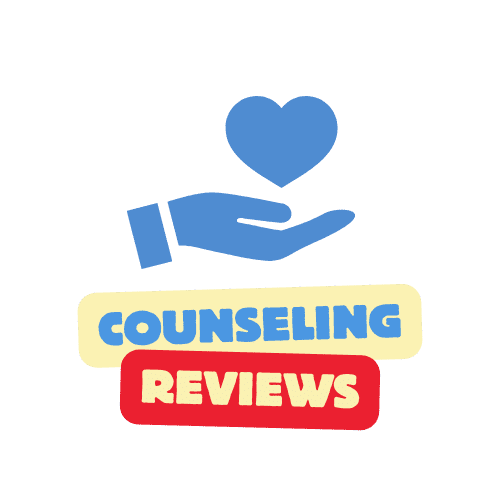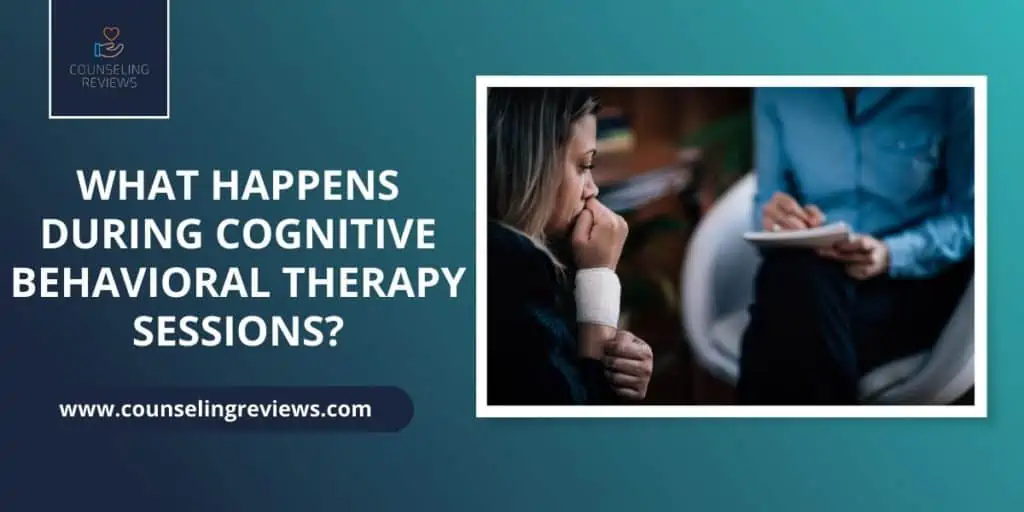There are multiple forms of therapy available today. Cognitive behavioral therapy (CBT) is one example; it is a form of talking therapy. CBT helps direct and control your issues by adapting your thinking and behavioral patterns.
CBT helps various mental and physical health problems; however, it is mainly used to treat anxiety and depression.
How CBT Works
Negative thought patterns can confine you to an unhealthy lifestyle. You can get trapped in a harmful web that affects your well-being. CBT is a strong believer of this and is based around the concept that everything in our body is connected. Our thoughts, emotions, actions, and physical attributes are intertwined.
CBT attempts to break this down and approach these aspects individually. When thinking of all these problems at once, it can be overwhelming. This talking therapy breaks down these aspects so that you can associate positive thoughts with these different parts.
This method teaches you how to convert negative thoughts into positive thoughts so that you can change your overall outlook on situations. CBT teaches you how to change your patterns to improve your mood.
People generally carry their past with them. Many individuals have trouble forgetting about their history, and hence, this affects your current situations. CBT focuses on getting you to let go of this and to rather concentrate on your present state. It is important to let go of past experiences that are weighing you down.
CBT is a practical form of therapy. It tries to improve your daily lifestyle and help you live a happier life with a healthier state of mind.
Uses for CBT
CBT has helped people with many conditions. It is effective in treating various mental health conditions, such as anxiety and depression. Alongside these two conditions, CBT has also helped many with:
- Alcohol addiction and abuse
- Anorexia nervosa (Eating disorder)
- Bipolar disorder
- Borderline personality disorder
- Bulimia nervosa (Eating disorder)
- Insomnia (Sleeping disorder)
- Obsessive compulsive disorder (OCD)
- Panic attacks
- Phobias in general
- Post-traumatic stress disorder (PTSD)
- Psychosis
- Schizophrenia
CBT has also been proven to help assist people with physical health conditions. While the therapy does not cure these conditions, it allows people to live with them in their daily life. People learn how to cope with their condition’s mental aspect, thus accepting it and making the symptoms more manageable. These long-term conditions include chronic fatigue syndrome (CFS), fibromyalgia, and irritable bowel syndrome (IBS).
As mentioned above, people are taught to think about the positive aspect of the situation; this could be as simple as being grateful that their condition is not more serious. There is a positive side to each case, and the more you embrace the positive, the more it is going to show up and give you circumstances to be grateful for.
What Happens During CBT Sessions?
A cognitive-behavioral therapy session involves having a session with your therapist, as many times a week as necessary. The session is often weekly or once every two weeks. CBT is recommended to you, or you can decide by yourself to embark on therapy.
One session typically lasts anywhere between 30 to 60 minutes, and the entire treatment is often spread across five to 20 appointments.
During the appointment, you and your therapist are going to work on breaking down your problems into individual parts. You are going to focus on dealing with one of these parts at a time; as mentioned earlier, instead of focusing on your entire body at once, you are going to focus on actions, emotions, and physical attributes.
These sessions help determine the areas that you need to work on and how they are affecting you. This is done from an analytical perspective to determine what changes need to be made to negative behaviors and patterns.
After figuring out the problem and cause during the therapy session, your therapist prescribes certain exercises and practices you are going to attempt to change your daily life. This is going to be analyzed in your following sessions to determine whether you felt a change or not.
The end goal of therapy is not to change you as a person but rather to apply what you have been taught to change aspects of your life that you are unhappy with. This form of treatment helps manage the impact that negative outcomes have on your life. This treatment leaves a long-lasting effect on your life. The skills learned are to be practiced and applied even once your therapy finishes.
Pros and Cons of CBT
Everything in life has positive and negative aspects; things that work for one person do not always work for another person. The same can be said for CBT. Some people believe that CBT cures their mental health problems, while others do not find it effective.
A few advantages of CBT include:
- It may work together with medicine to treat extreme cases. Medicine is not always the only solution. A mind is a powerful tool.
- CBT does not involve countless hours of therapy. It is a shorter form of treatment that allows implementing what you have learned as soon as possible.
- There are different ways in which CBT can be provided. It is not limited to face-to-face talking. It can be presented in the form of a book, app, etc.
- It is a practical tool that can be applied to everyday situations.
Disadvantages consist of:
- You need to commit to the process. A therapist cannot make the change for you; you must.
- It can be a time-consuming activity.
- It is a very structured form of therapy that can appear complex.
- It can cause discomfort and anxiety as you must confront your emotions.
- It is focused on improving yourself; it does not address any external factors affecting your life.
- CBT focuses on present situations. Something that occurred in your past could be the underlying cause of your trauma or problems, such as your parents getting divorced or a robbery. CBT does not address this.
Finding a CBT Therapist
Therapists can be found online; you can use the NHS. Your general practitioner (GP) can also refer you to a CBT therapist. The help is there; you need to find it. Do not be afraid to ask for help.





